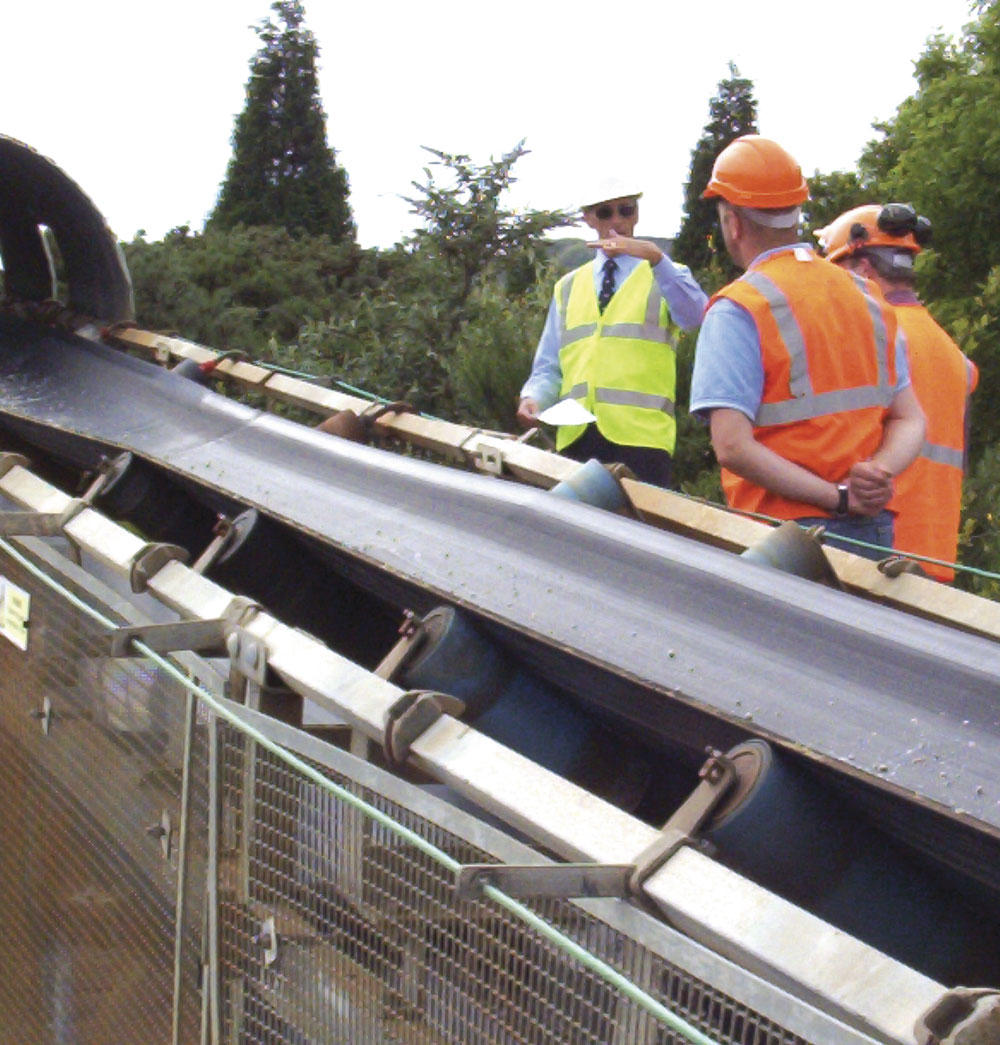Competent Workforce

The route to professional competence is to ensure employees on site demonstrate both occupational competence and retained health and safety knowledge
The word ‘competent’ is widely used within the quarrying industry but when people talk about being competent they often associate this with the training courses an individual has attended. This
is obviously important but it does not necessarily demonstrate competency.
Competence is the ability to perform a specific task, action or function successfully. It encompasses a combination of knowledge, skills, behaviour and limitations that an individual can use to improve performance. Therefore, providing employees with the relevant skills and knowledge will go a long way into ensuring that the decisions they make are the correct ones.
Most organizations see training as an integral part of their business and, therefore, have invested heavily in providing it. For these reasons, it is paramount that companies follow the right process to get the right training for their workforce.
Safety Horizon Ltd specialize in workplace behavioural safety and offer advice and support on a range of topics including: modular health and safety programmes; accident investigation and report writing; policy and procedure preparation; and risk assessments.
According to the company, there is a three-stage approach to managing health and safety training within the workplace – identify the training needs, arrange/organize the training and then evaluate the effectiveness of the training.
Stage 1 - Identifying training needs
To identify the training needs of employees, a responsible manager should consider:
- The current role the employee is undertaking, including duties and responsibilities.
- Any changes to relevant legislation and industry standards.
- A review of site-specific risk assessments.
- A review of accidents, incidents and near hits.
- A review of employee training records.
- Forecasting – looking at future developments.
Once training has been identified, it should be transferred on to a training needs matrix.
Stage 2 – Arranging/organizing the training
Source a suitable trainer(s) to deliver the training and decide whether the format will be:
- A formal presentation with case studies
- Workshop-based training with practical demonstrations
- A toolbox talk format
- On the job training
- Distance learning.
Stage 3 – Evaluating the effectiveness of the training
Evaluate the effectiveness of the completed training by reviewing:
- The content of the training, eg case studies, visual aids etc.
- How it was delivered?
- Was it well received by employees?
- Did it cover the main objectives?
- Have improvements been made in the workplace since training was delivered?
It is important for businesses to be aware that employees could lose their competence if their job roles have changed significantly. This is one of the issues that has been most greatly overlooked in the professional environment; people who have been in a position for a number of years, often doing an excellent job, but are they competent to perform the new role.
Employees are often judged on what they do and how they do it – this, say Safety Horizon, is known as ‘action competence’.
Four stages of action competence
1. Unconscious incompetence
The individual neither understands or knows how to do something, nor recognizes the problem or has a desire to address it.
2. Conscious incompetence
Although the individual does not understand or know how to do something, he or she recognizes the deficit, yet does nothing about it.
3. Conscious competence
The individual understands or knows what to do, but demonstrating the skill or knowledge requires further consciousness or concentration.
4. Unconscious competence
The individual has had so much practice on a skill that it becomes ‘second nature’ and can be performed easily (often without concentrating too much).
The competence of managers and other personnel should be an integral part of their continuing professional development (CPD). Most investigations identify people as being the main contributory factor in the cause of workplace accidents, so it is vitally important for companies to address the issues of competence and meet the training needs of their employees.
Some of the good competence measures:
- Good understanding of management techniques, eg delegation, planning, timekeeping etc.
- Good on-site support to complete the assessment
- Ongoing CPD is up to date
- Ensure plant and machinery is inspected
- Training delivered to accredited standards with on-site demonstration of learning
- Regular access to advice and assistance
- Ensure rules are clear and understood by persons on site
- Stamp down on complacent attitudes in the workplace
Safety Horizon Ltd, 26 Curlew Place, Portishead, Bristol BS20 7EN; tel: +44 (0)870 235 4249; email: support@safetyhorizon.com


